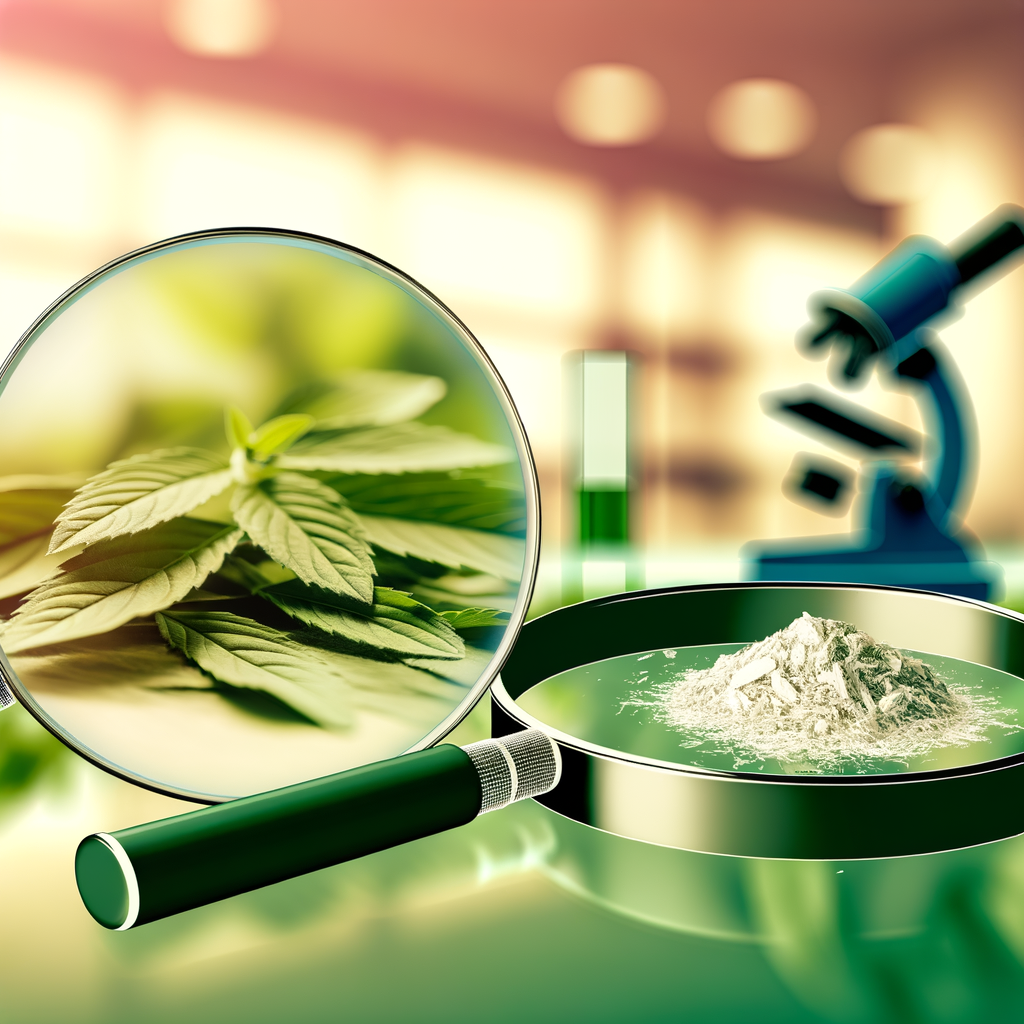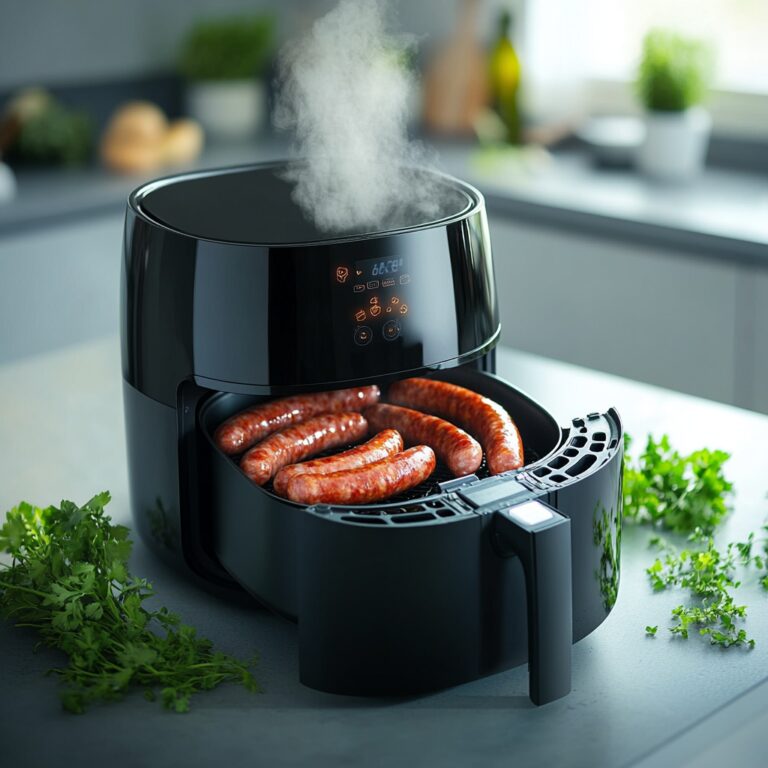Identifying Laced Weed: Key Signs and Safety Tips
The rise in the popularity of cannabis use has unfortunately been accompanied by a significant risk: laced weed. This tainted cannabis can be laced with substances that pose serious health risks. By understanding how to identify laced weed and following essential safety tips, users can protect themselves from unintended consequences.
What is Laced Weed?
Laced weed refers to cannabis that has been mixed with other substances, which can be either benign or highly dangerous. Dealers or producers may lace weed to enhance its effects or to make inferior-quality cannabis appear more potent. While some additives may seem harmless, others can be extremely harmful, leading to severe health issues or even fatal consequences.
Common Substances Used for Lacing Weed
Understanding the substances commonly used to lace weed helps in recognizing the signs. Some common additives include:
- Other Drugs: Substances like cocaine, methamphetamine, or synthetic cannabinoids can be extremely dangerous when combined with cannabis.
- Household Chemicals: These can include anything from glass shards to detergents, aimed at increasing weight or appearance.
- Pesticides: Used to control pests in a low-quality crop, but highly toxic to human health.
- Opioids: Including substances like fentanyl, which significantly increase the risk of overdose.
Signs Your Weed May Be Laced
Awareness is your first line of defense. Knowing the signs of laced weed can prevent severe health risks. Here are some key indicators:
Visual Inspection
Visual clues can often point to contamination.
- Unusual Color: Weed laced with chemicals may have unnatural colors like pink, blue, or white.
- Weird Textures: Look for unusual textures, such as powdery substances or tiny glass-like particles.
- Sticky or Oily Residue: If the weed leaves an oily or sticky residue on your fingers, it might be laced with other substances.
Smell
Your sense of smell can also alert you to potential issues.
- Chemical Odors: If your weed smells like ammonia, gasoline, or other strong chemicals, it’s likely contaminated.
- Pungent or Off-Smell: While cannabis has a distinct smell, unusual or overly pungent odors can be a red flag.
Effects
Your physical response can be the most immediate indicator.
- Extreme Paranoia and Anxiety: While cannabis can induce mild paranoia, excessive feelings of fear or anxiety signal contamination.
- Lethargy or Extreme Sedation: If you feel unusually sluggish, your weed may be adulterated with sedatives or opioids.
- Nausea and Vomiting: Immediate gastrointestinal issues can occur with laced weed.
- Hallucinations or Delirium: Some synthetic cannabinoids can induce intense hallucinations or violent reactions.
Health Risks of Laced Weed
Consuming laced weed poses significant health risks, including:
- Respiratory Issues: Inhalation of toxic substances can cause lung damage, shortness of breath, and chronic respiratory problems.
- Neurological Damage: Additives like synthetic cannabinoids or heavy metals can result in long-term brain damage, seizures, or other neurological issues.
- Overdose: The presence of strong opioids like fentanyl increases the risk of fatal overdose.
- Cardiovascular Problems: Stimulants like methamphetamine can cause heart palpitations, hypertension, and even heart attack.
Safety Tips for Cannabis Users
Practicing caution can help you avoid the dangers of laced weed.
Purchase from Reputable Sources
Always buy from licensed and reputable dispensaries. These establishments adhere to strict regulatory standards and often provide lab-tested products.
Inspect Your Product
Conduct a thorough inspection of your cannabis before using it. Look, smell, and even feel it to ensure it appears untainted.
Start Slow
When using a new batch, take it slow. Begin with a small amount and gauge your reaction. If anything feels off, discard it.
Invest in a Test Kit
Testing kits can analyze your weed for common contaminants. This small investment can save you from potential health hazards.
Educate Yourself
Stay informed about the types of contaminants that can be found in laced weed. Knowledge is your best defense against exposure to harmful substances.
What to Do If You Suspect You Have Laced Weed
If you believe your weed might be laced, take the following steps:
- Do Not Smoke It: If you detect any suspicious signs, do not use the product.
- Dispose of It Safely: Place the tainted weed in a sealed container before disposing to prevent accidental use.
- Seek Medical Attention: If you’ve already used it and feel unwell, seek immediate medical help.
- Report Your Source: Inform the source where you bought it from so they can investigate and prevent others from potential harm.
In conclusion, while the pleasure of cannabis may be widely enjoyed, the risks of laced weed are real and dangerous. By staying vigilant and following these safety tips, you can protect yourself and enjoy your experience without jeopardizing your health. Awareness and caution are your best tools in navigating the cannabis landscape safely.





